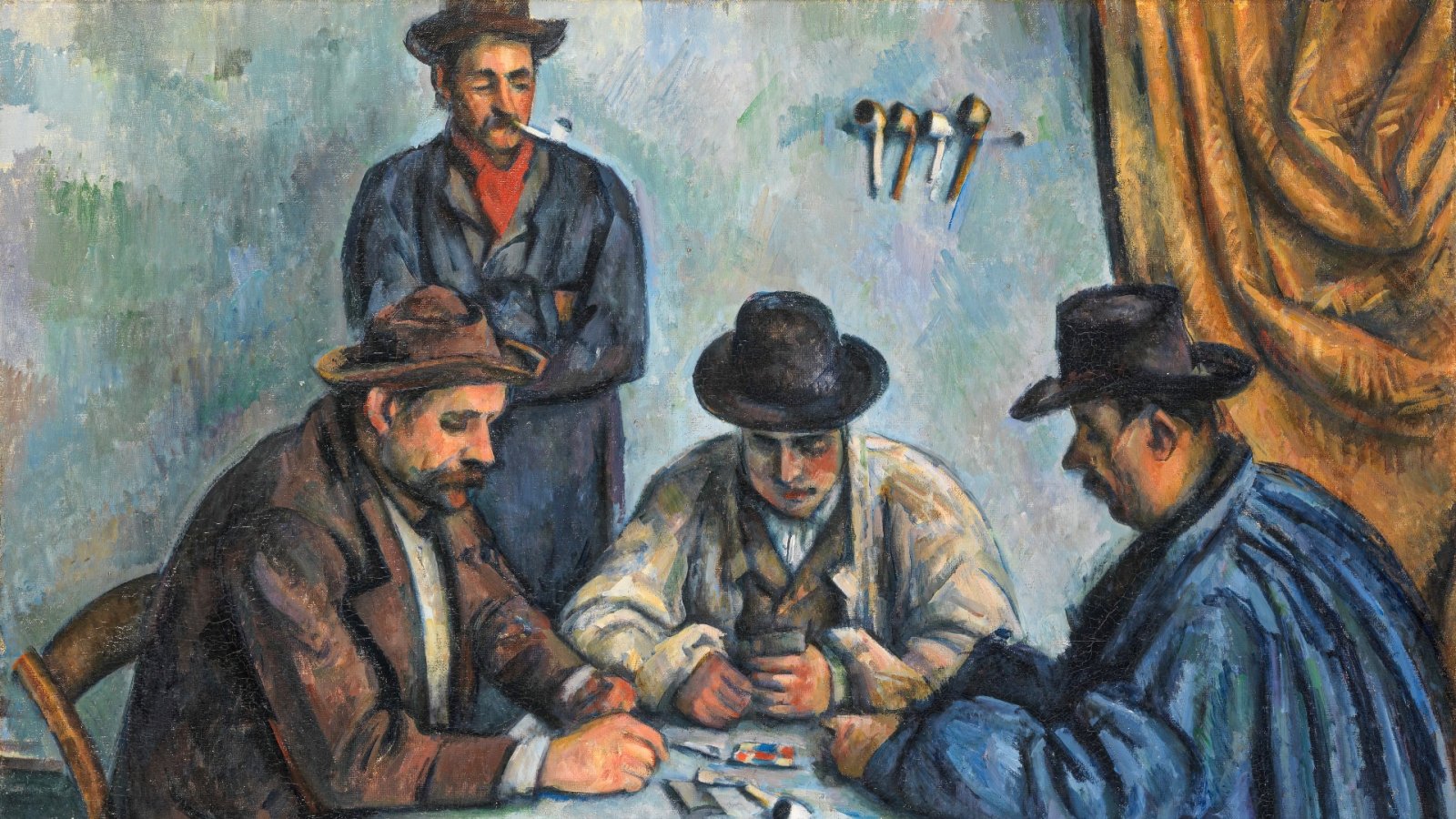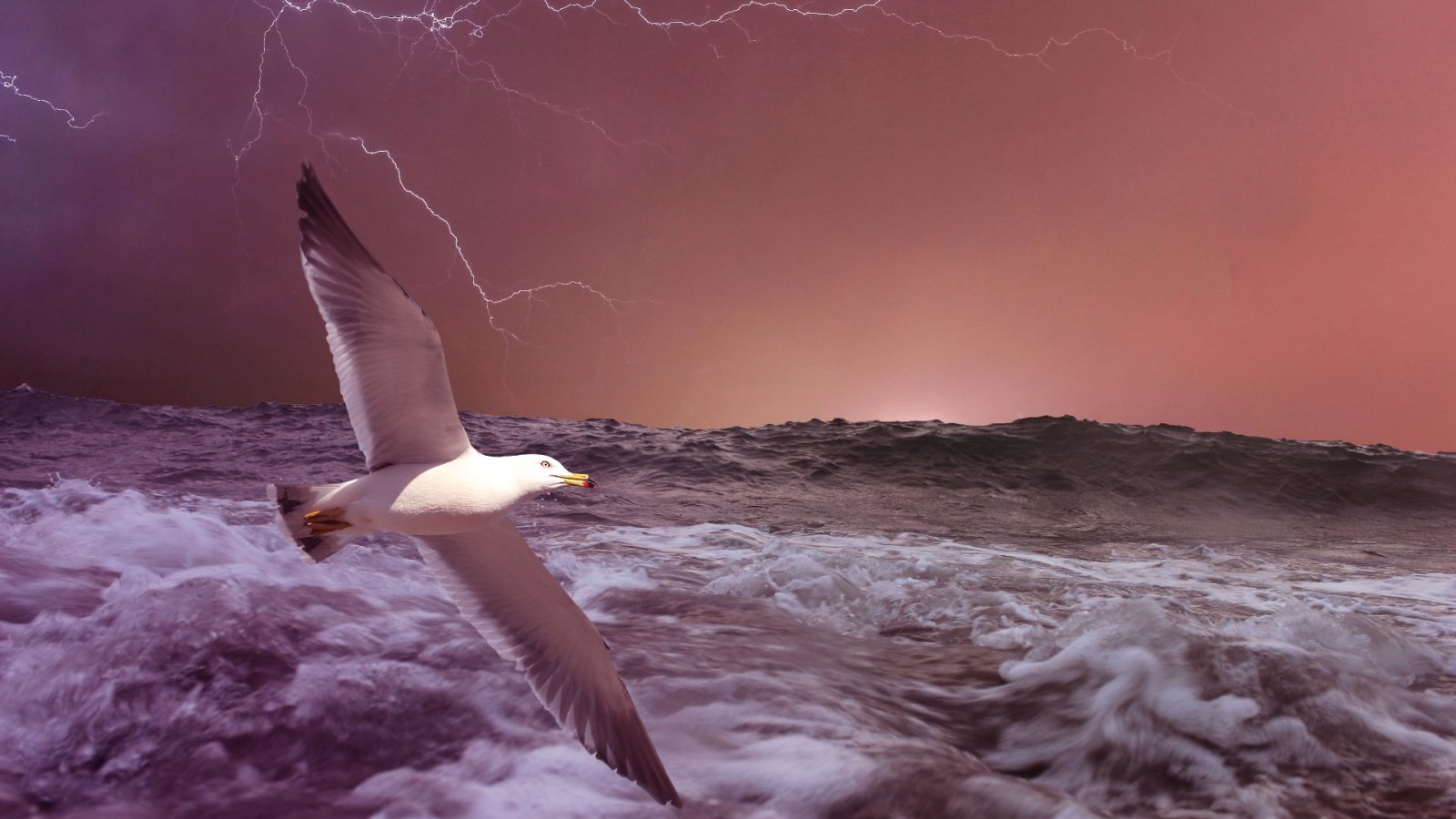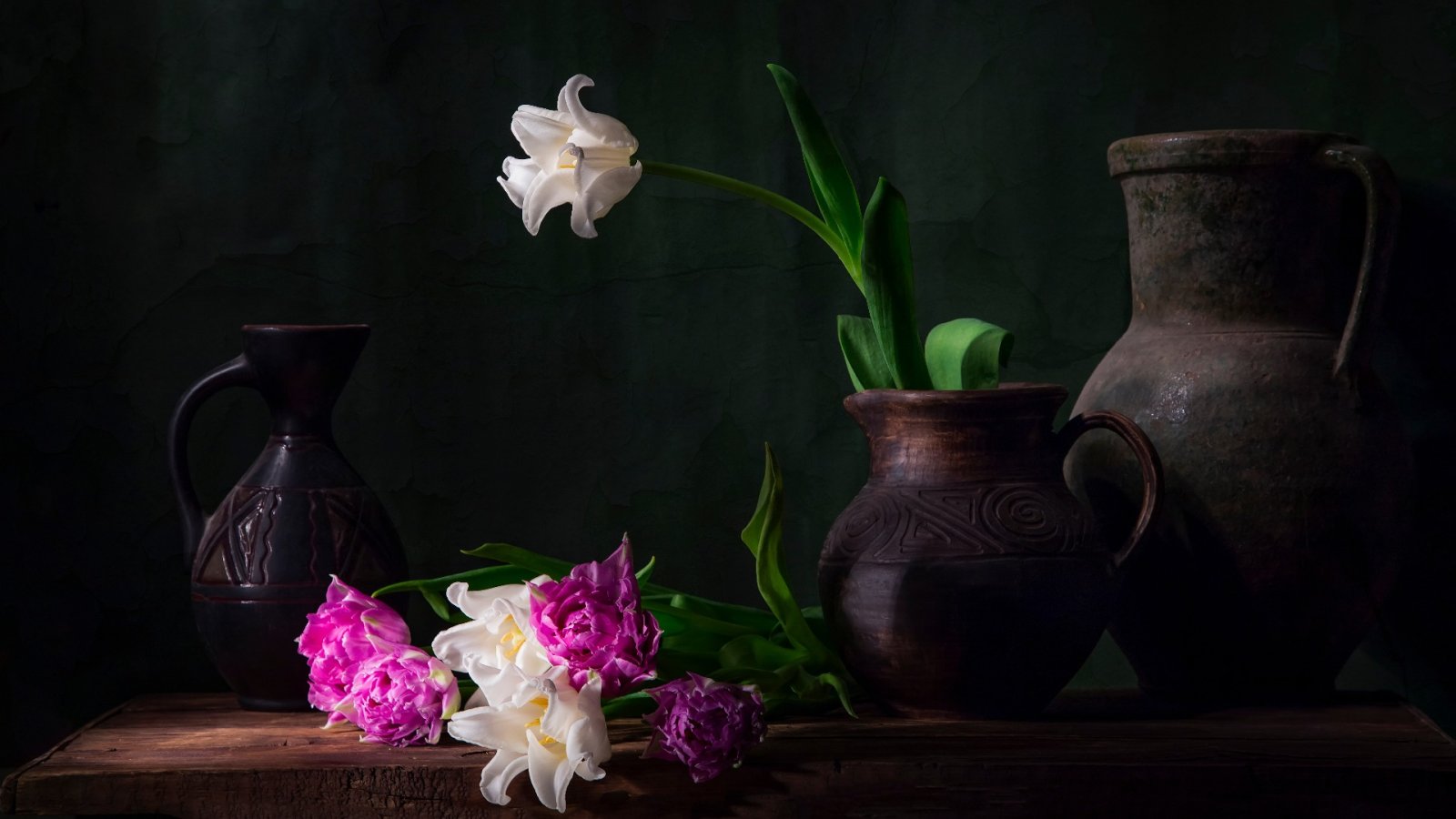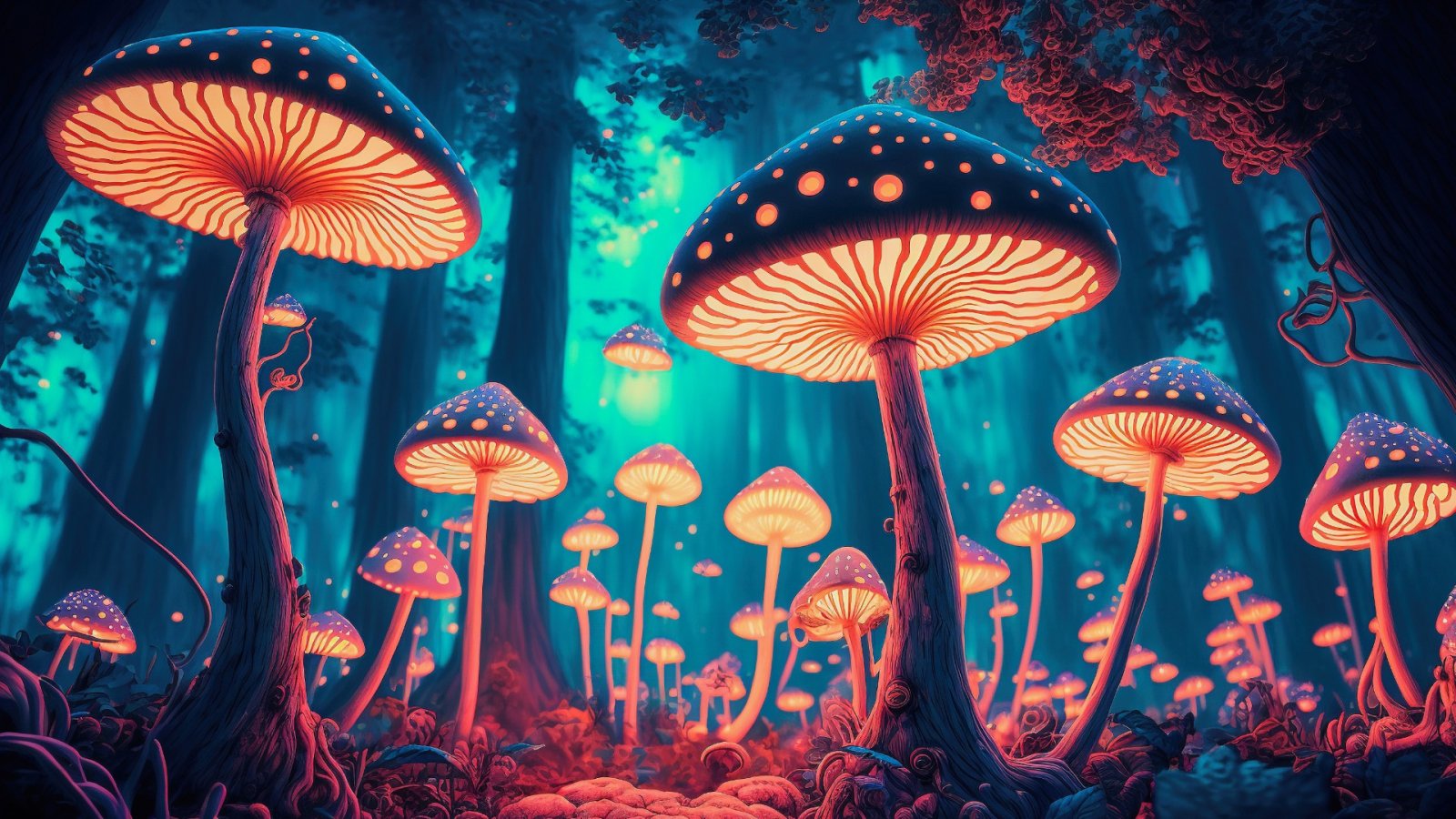The concept of "bio art" is commonly associated with genetic code manipulation works created in the late 1990s and early 2000s, such as Eduardo Kac's fluorescent bunny or Stelarc's ear implanted in his arm. In contrast, the curators of "Symbionts: Contemporary Artists and the Biosphere" have curated an exhibit featuring 14 modern bio artists who explore beyond code manipulation and strive to establish mutual and respectful relationships with non-human agents.
The artworks on display in the three galleries of the MIT List Visual Arts Center depict various forms of symbiosis, such as mutualism, commensalism, and parasitism. Gilberto Esparza's "Plantas autofotosintéticas" embodies a mutually beneficial interaction between humans and non-human organisms. This installation comprises microbial fuel cell towers that contain a mixture of pond water and sewage, and a suspended aquarium. The Geobacter bacteria present in the pond water purify the sewage by drawing electrons from the waste particles, which also produces sparks of light. The tentacular plant in the aquarium uses this light for photosynthesis.
Moving on, Candice Lin's "Memory (Study #2)" is a white mass of lion's mane mushrooms growing out of a red ceramic vessel. The artist repurposes human waste, specifically urine, to facilitate plant growth, without any protective barrier. So, throughout the exhibition, staff members collect their urine and mist the fungus with the distilled samples. This mushroom has been known to improve memory when consumed. The use of communal urine is a reference to the artist's previous works that use this bodily fluid as a metaphor for collective discomfort and potential.
Nour Mobarak's sculptures feature vinyl beach balls transformed into incubators for turkey tail mushrooms, embodying a quaint but limited interpretation of commensalism. However, the exhibit's theme prompts a thought-provoking question: is symbiosis only possible between living beings? Could repurposed objects also benefit organisms and contribute to their wellbeing? Kiyan Williams presents a more developed concept with Ruins of Empire II, where they challenge America's parasitic exploitation of Black labor. Using white mycelia, Williams recreates the face of the Statue of Freedom that crowns the Capitol Dome in Washington, D.C. It is known that the Capitol was constructed mainly by enslaved individuals, and an enslaved man played a crucial role in designing the statue.
Several pieces in the exhibit explore the boundaries of symbiotic relationships, either expanding or disrupting them. Pamela Rosenkranz's She Has No Mouth features a visually striking circular mound of pink sand, which alludes to cat litter, a common transmitter of the parasitic infection toxoplasmosis. In rats, this parasite triggers sexual arousal in response to the scent of cats, leading to their own demise and facilitating the parasite's reproduction. In extending this interspecies phenomenon to humans, the exhibit requires gallery staff to maintain the scent of Calvin Klein Obsession for Men (which includes a synthetic version of a cat-like mammal pheromone) around the artwork, creating an atmosphere of pheromones and confused desire.
The exhibition "Symbionts" is not solely focused on the technical aspects of bio art but also explores the implications of these works on labor and effectiveness. Through simple yet significant interactions between the artworks and the museum staff, a theater of maintenance is created, emphasizing our role within the system. This labor may seem insignificant in comparison to the scientific advancements required for environmental or agricultural improvements, but it serves to remind us of our place within the system and potentially awaken us to the tasks ahead. Thus, the art featured in "Symbionts," no matter how unassuming or absurd, can serve as a catalyst for change, disrupting our complacency and prompting action.
Ultimately, in this expansive exhibition, some works of art illuminate the complex nature of coexistence, while others grapple with the high stakes of biomedical progress.






